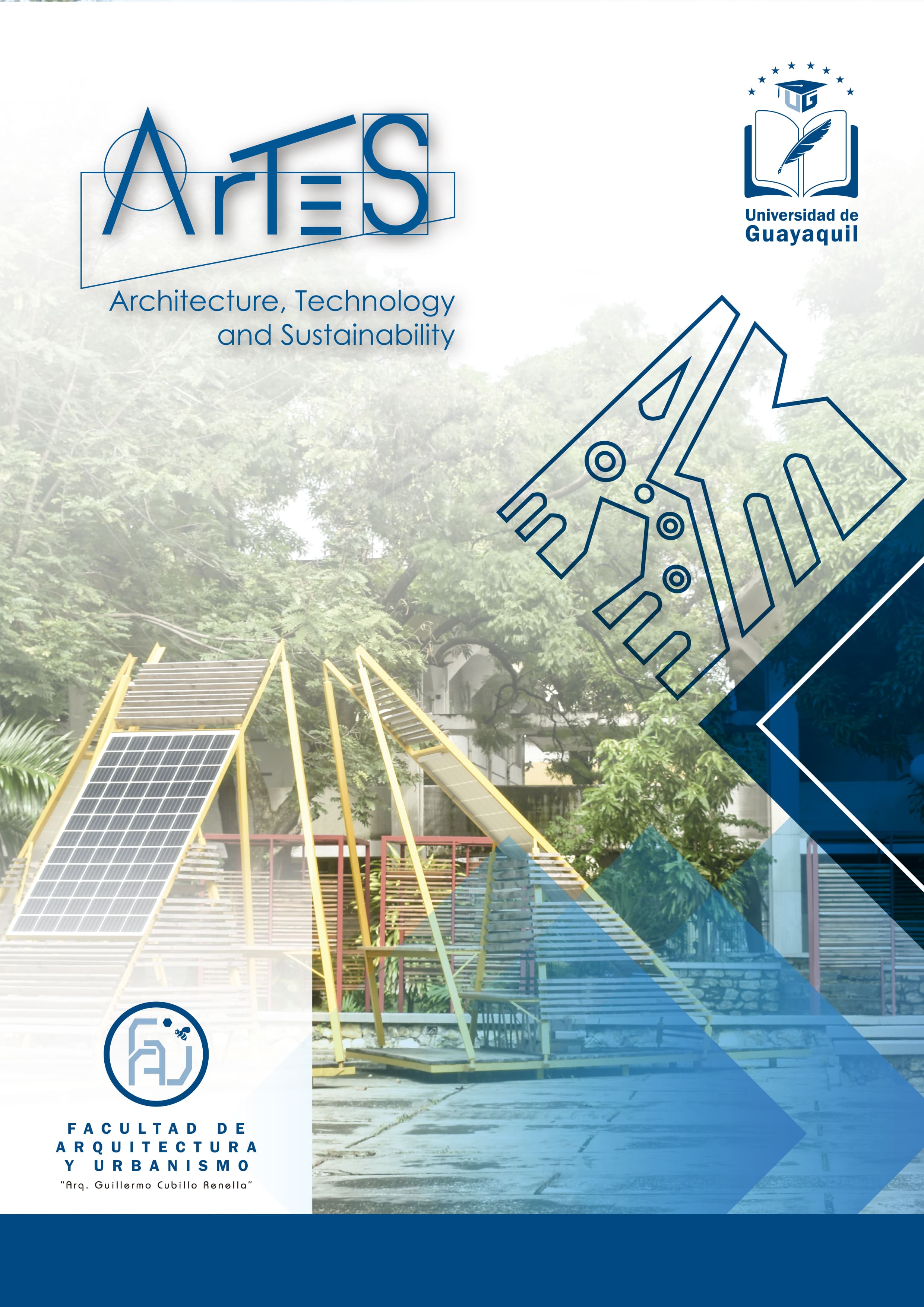Abstract
Summary. The following text is based on the proposal of an urban route that connects different points of cultural spaces in the city of Guayaquil; it is carried out using sustainable tourist transport corresponding to the distances of the cultural spaces and thus modifying surrounding streets with inclusive mobility and more than anything sustainable because the city does not have pedestrian transfer systems suitable for the different mobile deficiencies of the inhabitants. It aspires to promote the importance of the various cultural spaces that Guayaquil offers and encourage citizens to nourish themselves with culture in a comfortable, efficient, and functional way. As part of the solution, information is also offered on the application of a method of urban regeneration: multimodal streets; it consists of intervening in strategic roads of the city, creating a system of semi-pedestrianization in previously studied streets, and encouraging citizens to walk and, in turn, through the previously proposed connection of cultural spaces, creating curiosity towards the Guayaquil culture. The investigation declares information about the different route points that join, clarifying why these spaces were chosen. It is proposing a type of research of a qualitative nature due to the analysis conducted. As a helpful tool, the research provides information provided by Saldarriaga and considers the Sustainable Development Goals established by the 2030 Agenda.
References
C. A. S. Moncayo, "Guayaquil, city of arcades: a reflection on its importance and current use," PASOS Journal of Tourism and Cultural Heritage, vol. 13, no. 3, p 681–696, 2015.
F. C. and L. Hanley, "Urban Regeneration and Revitalization in the Americas: Toward a Stable State," no. 6, p. pp, 2005.
A. S. Roa, "Architecture as Experience: Space, Body and Sensibility," Bogotá, D.C., Colombia: Villegas Editores, 2002.
T. L. C. A. M. S. G. Carbó Rigubent, "Cultural Facilities," pp. 8-21, 2015.
E. Gutiérrez Juárez, «Cultural facilities as a factor of urban cohesion within the processes of regeneration in the city», Universitat de Barcelona, 2013.
L. C. City, "Tactical Urbanism Guide," accessed July 9, 2023. [Online], 2015.
M. Lydon, "Tactical Urbanism," https://issuu.com/streetplanscollaborative/docs/tactical_urbanism_vol.1.
A. Santos Martínez, "Tactical Urbanism: A Means to Propose Pedestrian Mobility Alternatives," Universidad Veracruzana, 2018.
J. V. Petrescu, "Tactical Urbanism Latin American Cases," https://issuu.com/eduartpit/docs/174221684-urbanismo-tactico-casos-l, 2013.
S. Amartya, "The Theory of Capabilities," [Online], 1999.

This work is licensed under a Creative Commons Attribution-NonCommercial-NoDerivatives 4.0 International License.
Copyright (c) 2023 Nathaly Aguilar, Jeniffer Velez
